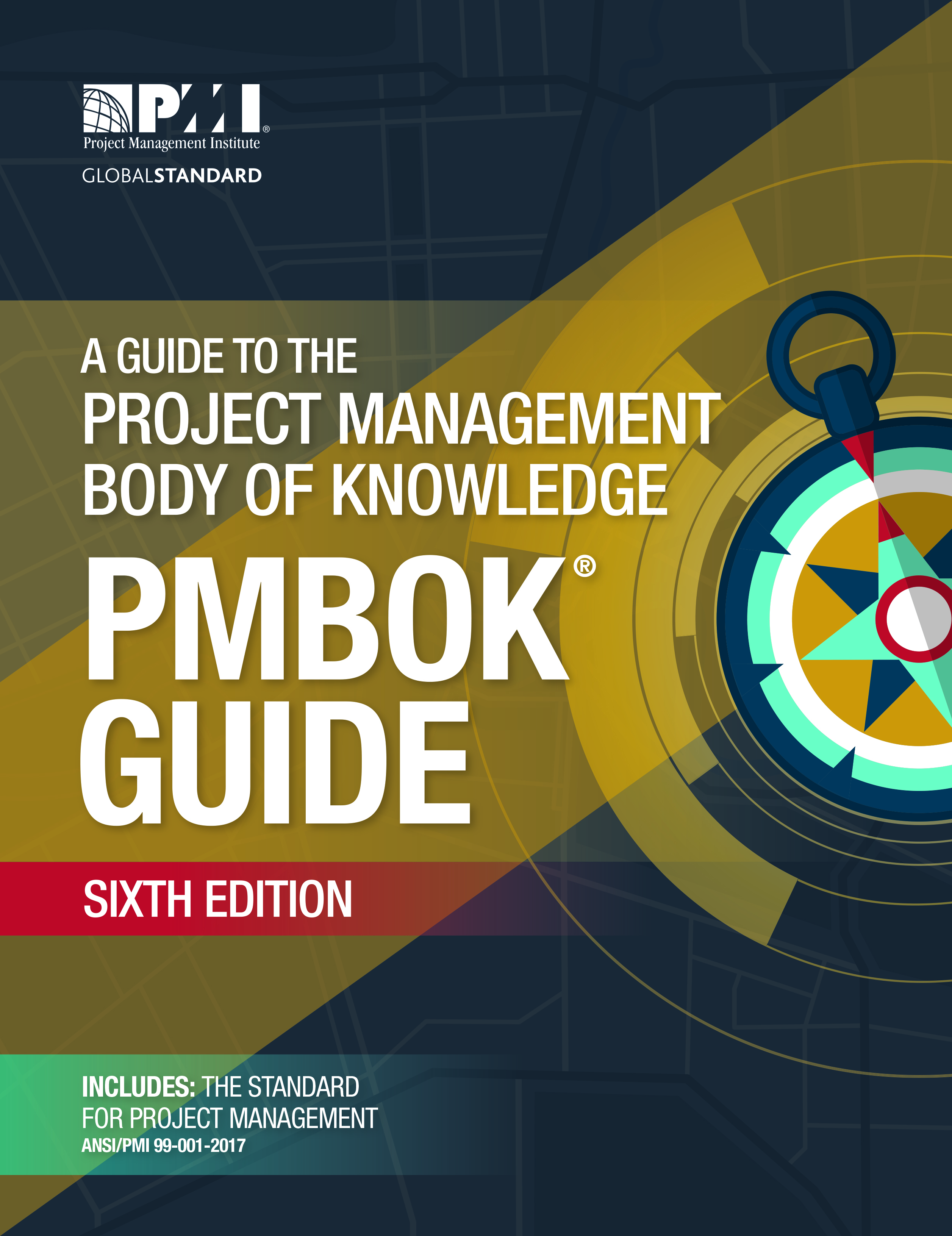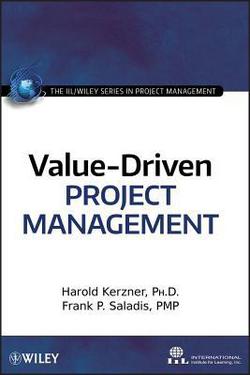Project Management Office
...
Reap the Rewards of Establishing & Maintaining Your PMO
Your Project Management Office (PMO), Properly Established and Managed, Benefits Your Project Teams and Accelerates the Success of Your Organization...

Determining Your Need for a Project Office (PMO)
Not all organizations require the structure and discipline of a PMO, sometimes simply called a Project Office.
Determining factors might be any combination of:
- available budget,
- number of concurrent projects,
- high percentage of failed projects,
- repeated project management issues,
- number of inexperienced project managers, and
- need for centralized project monitoring and control.
In addition, there are several organizational factors which, if in place, will accelerate acceptance of the guidance, coaching, monitoring, and project control afforded through a PMO.
- First, your organization’s sponsorship of the Project Management Office must be at the senior management level of your organization – either the CFO, CIO, or CTO should be your PMO Sponsor. Executive Leadership over the Project Management Office (someone directly involved in the day-to-day governance of PMO activities) might be a VP-Level (“VP, PMO” or “VP of Solutions Delivery” or “VP of Service Delivery” are recognized titles) and reporting to one of the C-Levels mentioned above.
- Second, your organization recognizes the need for a Project Management Office by providing adequate funding in the operational budget. Similar to an organization’s commitment to Quality by establishing a Quality group reporting to the CEO, establishing and funding a PMO team is evidence of an organization’s commitment to consistent project management discipline and control.
- Third, your organization’s senior leadership communicates an organization-wide commitment to project management discipline and success by implementing a structured project selection process; providing for project manager training and certification; and establishing criteria for successful project performance.
- Finally, the implementation of your PMO must be as a resource and support team for your individual project managers and project teams - not as another layer between projects and senior management.
The success of your organization’s Project Office will be due to the value they provide to the individual projects as resource, coach, and guide.
One more thing.... The PMO should not be implemented as the “project police”, involved in monitoring and metrics.
Establishing the Project Management Office
Once your organization determines that they should implement a PMO structure, a small cross-functional team (from Finance, Sales, Operations, Administration, etc.) should be assembled to work with the designated PMO Leader to determine PMO objectives and measures of success.
The input of this Team on the PMO objectives and success criteria is critical because these are the Stakeholders of the individual projects.
The primary product of this team should be the construction of a Project Management Office Charter.
I have included a link to a template for a PMO Charter on this page (click on the "folder" icon below this paragraph). Instructions for completing the Project Management Office Charter document are contained within the template.
The approval of the PMO Charter, by the PMO Sponsor and your Executive Management Team will signal the establishment of your Project Management Office.
The Charter should provide information on funding (for at least the first year of operation), resourcing, objectives, criteria for success, and governance. The PMO Lead must have the Executive Management Team or your PMO Sponsor (if she is a member of the Executive Team) communicate the creation of the PMO, its purpose, structure, benefits to the entire company, while emphasizing the full support of Executive Management.
The Project Management Office Charter becomes the initial “roadmap” for the creation of the PMO.
The Charter will also contain an initial setup schedule. There will be a transition point from “PMO setup” to “PMO operation”. The PMO Charter document will also address the issues of PMO operations.
PMO Purpose and Structure
Two important parts of the PMO Charter are to describe “Why the PMO is necessary for your organization" and “What is the PMO's primary purpose".
A Project Management Office is formed to provide specific services within the organization, such as:
- Establishing and “standardizing” project management processes, which can reduce the upfront time and cost of initiating and completing each project
- Providing the Quality Assurance for all projects and project deliverables – from the assessment of project deliverable quality to auditing the progress and compliance of individual projects against objectives and processes
- Supplementing project resources for specific projects activities, such as initial Project Planning; Project Monitoring and performance measurements; and review of project deliverables
- Coaching and mentoring of Project Managers and project team members
- Fulfilling a need for a “centralized” repository of Project Management knowledge, best practices, lessons learned, and resources
Remember, statements regarding the specific purpose of your organization’s PMO should be clearly described within your PMO Charter.
Although the role your PMO plays may change over time, it will generally fall into several functional areas.
Which function the PMO performs and the overall benefits realized by your organization will depend on the commitment of the organization leadership, the culture of your organization, and how well your organization deals with change.
Essentially, your PMO can be a(n):
- Repository of Project Knowledge – The PMO performs the role of a centralized store of process knowledge, best practices, corporate metrics, project performance metrics, templates, company policies, and past project documentation. In this case, it is up to each project team to best apply the information, best practices and methodology to their project.
- Provider of Project Support, Coaching, and Training – One level above and incorporating the “Repository” role, this function also includes hands-on assistance and guidance. In addition, this PMO structure takes an active role in training of project managers and Project Team members.
- Advisor to Project Management – Again building on the first two roles, this “Project Advisor” role provides expert assistance in the form of Project Managers and Project Team Members, as supplemental staff for working projects.
- Centralized PMO – Basically, this is a portfolio management structure within an organization. The centralized Project Management Office manages all organization projects with a staff of professional Project Managers and allocating resources accordingly.
Although some companies may follow a much more complex path to reach their “Centralized PMO”, as evidenced by an article in Information Systems Management, Fall 2004, titled “Evolving the Project Management Office: A Competency Continuum”, all companies will realize measurable benefits in establishing a PMO.
The Project Management Institute (PMI) and several other sources provide numerous books and materials focused on implementing a PMO structure.
A few are included in the right column of this page====>
Managing a Previously Established PMO
If you are asked to assume the leadership of an existing PMO, your initial activities must focus on:
- Reviewing the current version of the PMO Charter
- Obtaining concurrence as to its validity from the PMO Sponsor (and the Executive Management Team if the PMO Sponsor is not a member of the team)
- Determining the level of discipline and control exercised by the PMO over individual projects (by reviewing project management practices, project performance metrics, and project deliverables)
- Discussing current PMO practices and improvements with all Project Managers and selected members of the various project teams
- Preparing revisions to the current PMO Charter and present to the PMO Sponsor for approval (this should be completed within the initial 30-days of becoming PMO Lead)
- Obtaining PMO Sponsor and Executive Management Team approval for the revised PMO Charter
- Ensuring an adequate level of funding, based on the approved, revised Project Management Office Charter
- Executing on the revised PMO Charter
Once the revised PMO charter is approved you should take stock of the “health” of the current projects. I recommend the following steps (most likely you will perform these activities during your 2nd and 3rd month):
- Do a performance analysis on all current projects
- Determine adjustments required
- Recommend adjustments to the PMO Sponsor and the PMO Governance Team
- Upon approval, make project adjustments; then
- Re-baseline all project plans and schedules.

Once you obtain a complete, re-baselined view of all projects, present the view to the PMO Governance Team.
Make any "going-forward" recommendations and obtain approvals (and any required budget and/or resource adjustments).
These steps and the control exercised by you, as the PMO Lead, will depend on the level of authority expressed in the PMO Charter.
Determining the Success Criteria for Your PMO
Determining the Project Office success criteria will depend on whether you are inheriting an existing PMO or establishing a new one.
If you inherit an operating PMO, review current success criteria with your PMO Sponsor. Obtain their feedback, suggestions, and recommendations for change. Make sure you understand the reasons for their recommendations and their view of whether the current PMO operations kept pace with organizational changes.
If you establish a new PMO, remember to align the PMO success criteria, documented within the Project Management Office Charter, with the objectives of the PMO (also contained in the Charter) and the overall business objectives. Since the PMO Objectives will follow the S.M.A.R.T. formula, the Success Criteria must also follow the SMART formula.
Actually, under either scenario, I highly recommend that you make sure your objectives follow the S.M.A.R.T. formula.
The S.M.A.R.T. "formula" tells us that the objectives of your Project Office, as well as the criteria to measure objective attainment, must be:
- "S" = "Specific"
- "M" = "Measurable"
- "A" = "Attainable"
- "R" = "Realistic"
- "T" = "Timely"
Project Leader vs Manager – Project Management Leadership
Leader vs Manager – As Project Manager are you a Leader or a Manager? What are your leadership qualities?
Project Management Body of Knowledge
Apply the Project Management Body of Knowledge for consistent project success!
Project Management Process & Lifecycle
Using the Project Management process and the lifecycle of projects to ensure your project’s success
Project Management Information - Questions & Requests
Request Project Management information to improve your techniques - submit your questions and requests for information here

RECOMMENDED .. With Your Project Management SUCCESS in Mind!
A Guide to the Project Management Body of KnowledgeThe New Project Management
Value-Driven Project Management






New! Comments
Have your say about what you just read! Leave me a comment in the box below.